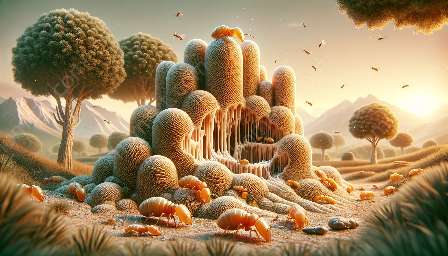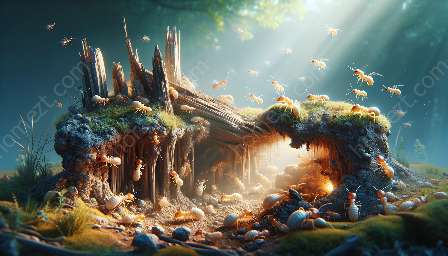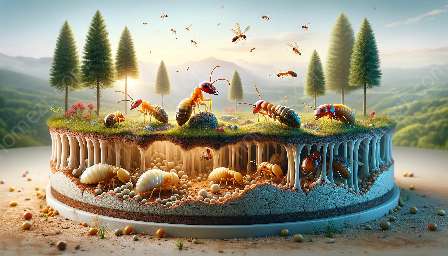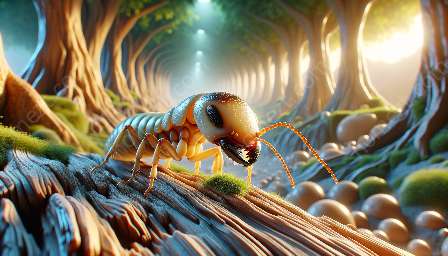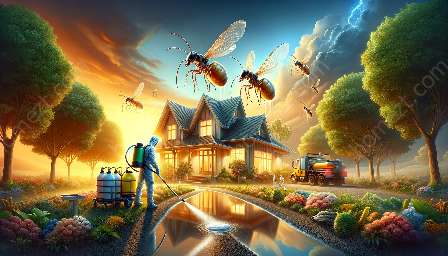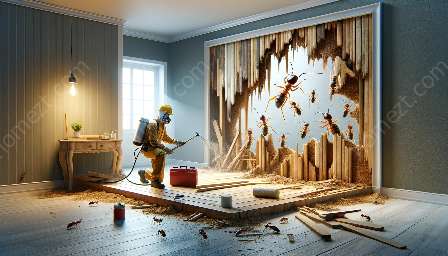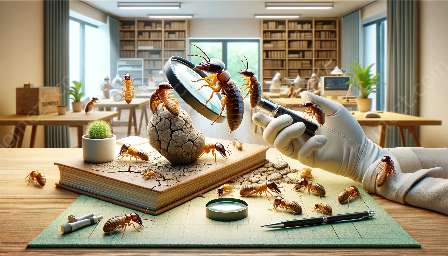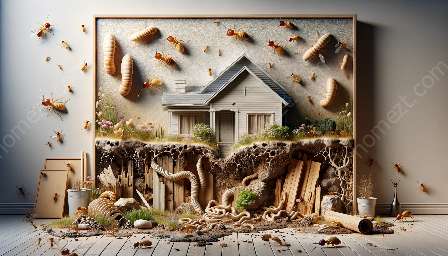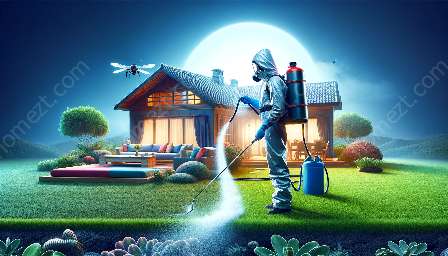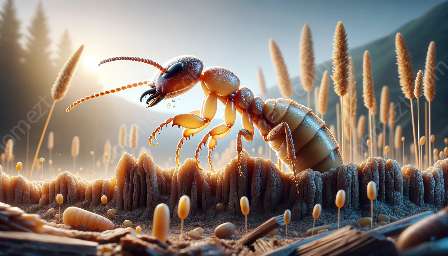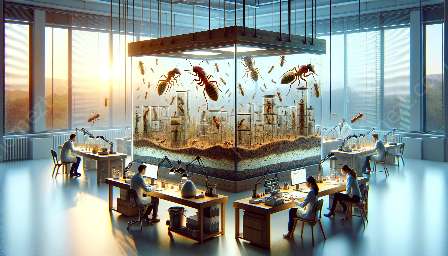Chemical termite control plays a crucial role in effectively managing pest infestations, particularly those caused by termites. This topic cluster explores the various chemical methods used for controlling termites, how they are compatible with general pest control approaches, and their overall impact on the common problem of termite infestations.
The Problem of Termites and Need for Control
Termites are one of the most destructive and economically significant pests worldwide. They cause extensive damage to wooden structures, with an estimated economic impact of billions of dollars annually. The need for effective termite control is imperative to protect buildings, furniture, and other wooden assets from potential damage.
Understanding Chemical Termite Control
Chemical termite control involves the use of various chemical compounds to manage termite infestations. These chemicals are designed to either repel, kill, or disrupt the behavior and reproduction of termites. Some of the commonly used chemicals in termite control include termiticides, insect growth regulators, and baiting systems.
Termiticides
Termiticides are chemical pesticides specifically formulated to target and kill termites. They are often applied to the soil surrounding a structure or directly to infested wooden areas. Termiticides may act as repellents or non-repellents, and they are effective in preventing termite infestations and controlling existing ones.
Insect Growth Regulators (IGRs)
IGRs are chemicals that disrupt the growth and development of termites, inhibiting their ability to molt and reproduce. These compounds are effective in reducing termite populations and preventing the spread of infestations by targeting the reproductive cycle of termites.
Baiting Systems
Baiting systems use chemical baits that are attractive to termites, leading them to ingest or come into contact with the active ingredients. Once consumed, these chemicals can either kill the termites directly or induce delayed mortality, allowing the colony to be eliminated over time.
Compatibility with Pest Control
Chemical termite control methods are often compatible with general pest control approaches. Many of the same chemicals used to control termites can also be effective in managing other common pests, such as ants and cockroaches. This compatibility allows for integrated pest management strategies that address multiple pest issues simultaneously.
Impact on Termite Infestations
Chemical termite control has a significant impact on termite infestations by effectively reducing and eliminating termite populations. When used in conjunction with regular inspections and preventive measures, chemical control methods can provide long-term protection against termite damage.
Environmental Considerations
While chemical termite control is highly effective, it is important to consider its potential impact on the environment. Choosing environmentally friendly formulations and applying chemicals in a targeted manner can minimize adverse effects on non-target organisms and ecosystems.
Conclusion
Chemical termite control offers an effective and reliable solution for managing termite infestations. By understanding the various chemical methods available and their compatibility with general pest control approaches, property owners and pest management professionals can implement comprehensive strategies to protect structures from termites and other pests.

